Previous Day - Next Day

“Politics is the art of looking for trouble, finding it everywhere, diagnosing it incorrectly and applying the wrong remedies”
~ Groucho Marx
Wikiquote (Groucho Marx (Julius Henry "Groucho" Marx (October 2, 1890 – August 19, 1977) an American comedian and film and television star. He is known as a master of quick wit and widely considered one of the best comedians of the modern era. His rapid-fire, often impromptu delivery of innuendo-laden patter earned him many admirers and imitators.)
(Groucho Marx in Duck Soup, 1933)
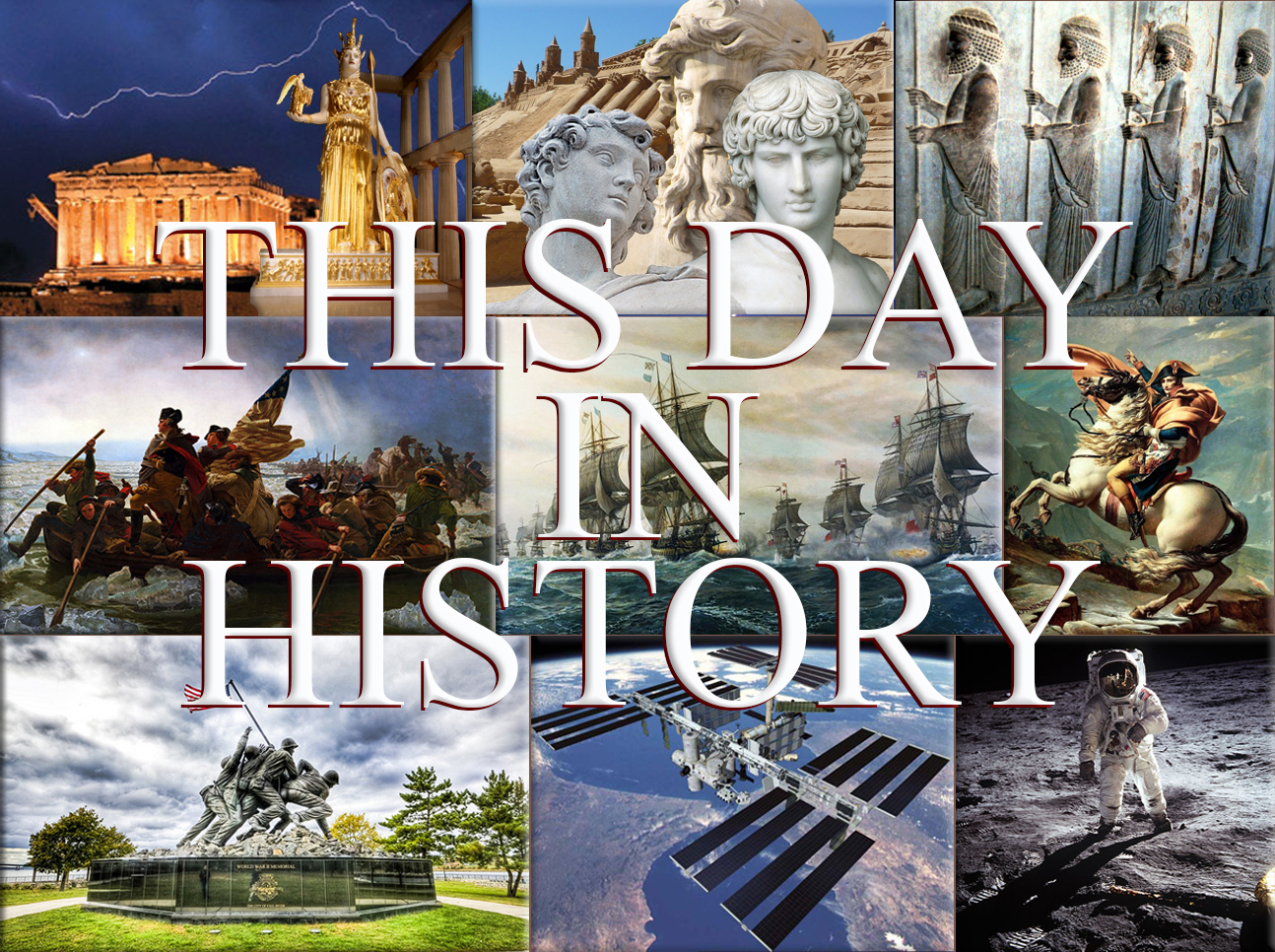
October 9th, 768
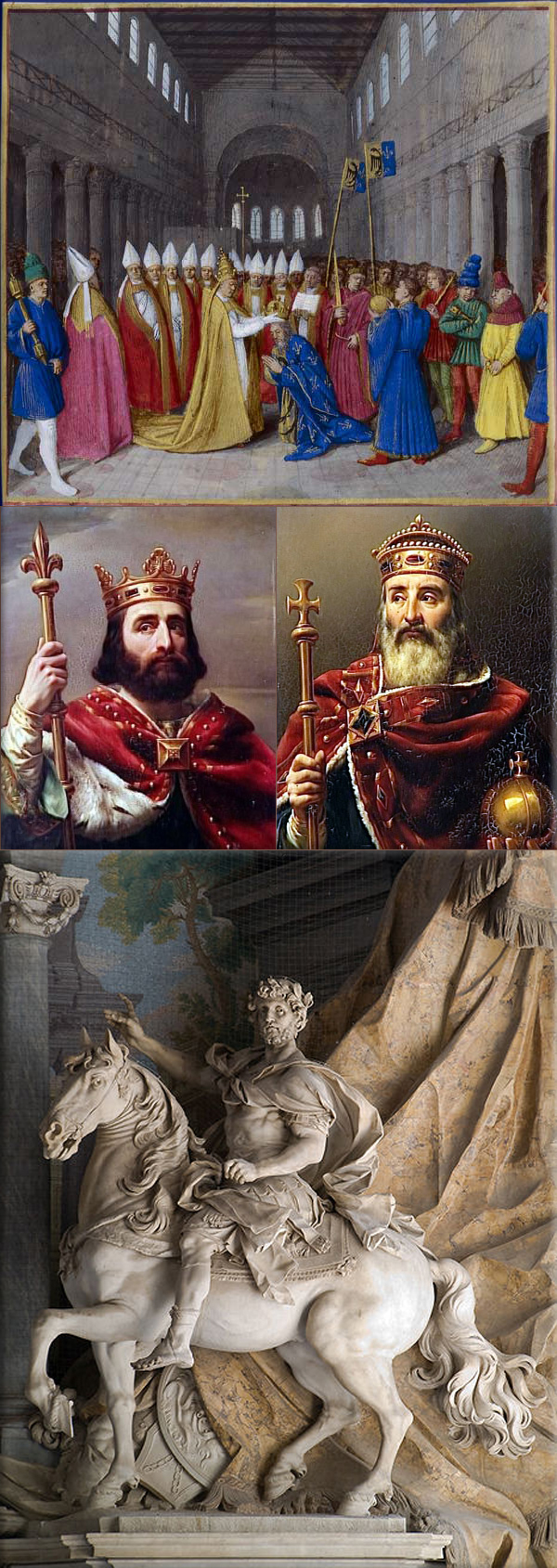
Carloman I and Charlemagne are crowned Kings of The Franks.
Wikipedia Painting: The coronation of Charlemagne / Carloman I - Charlemagne, Kings of The Franks; Statue équestre de Charlemagne, par Agostino Cornacchini (1725) - Basilique Saint-Pierre du Vatican, Italie..
October 9th, 1238
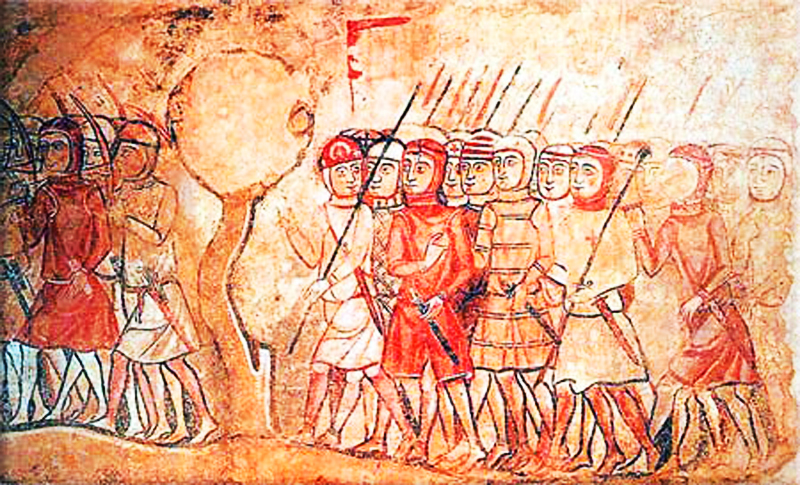
Kingdom of Valencia: James I of Aragon conquers Valencia and founds the Kingdom of Valencia.
Wikipedia Painting: King of Aragon - Surnamed The Conqueror (Aragon Knights), credit LIBRO (Library of Iberian Resources Online).
October 9th, 1604
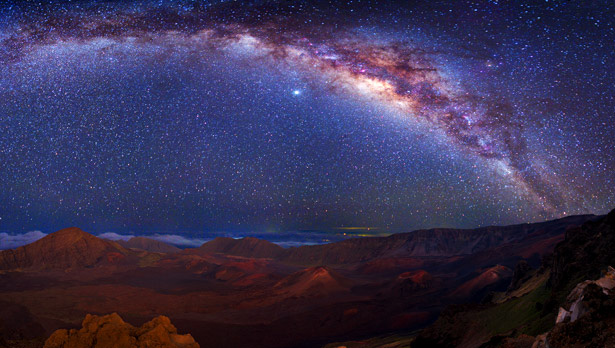
Supernova 1604: the most recent supernova to be observed in the Milky Way.
Wikipedia Image: Milky Way Galaxy, National Geographic
October 9th, 1635
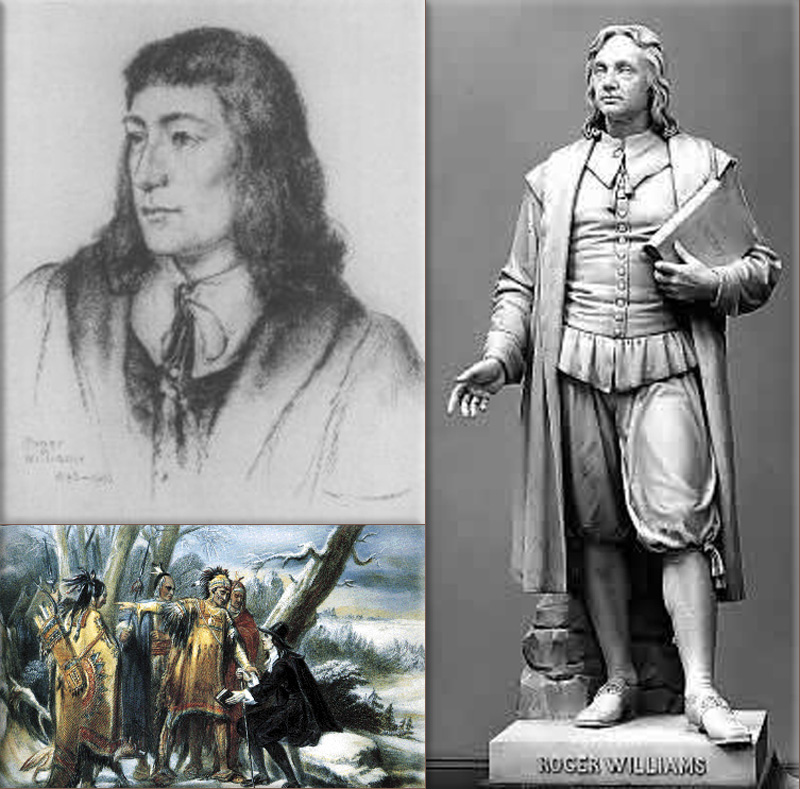
Rhode Island founder Roger Williams is banished from the Massachusetts Bay Colony as a religious dissident after he speaks out against punishments for religious offenses and giving away Native American land.
Wikipedia Image: Drypoint etching, 1936, by Arthur W. Heintzelman, commemorating the Tercentenary of the founding of Rhode Island by Roger Williams. Courtesy of Roger Williams University Archives; Roger William Statue, credit Rhode Island.gov; Narragansett Indians Receiving Roger Williams, credit Ancestry.com
October 9th, 1701
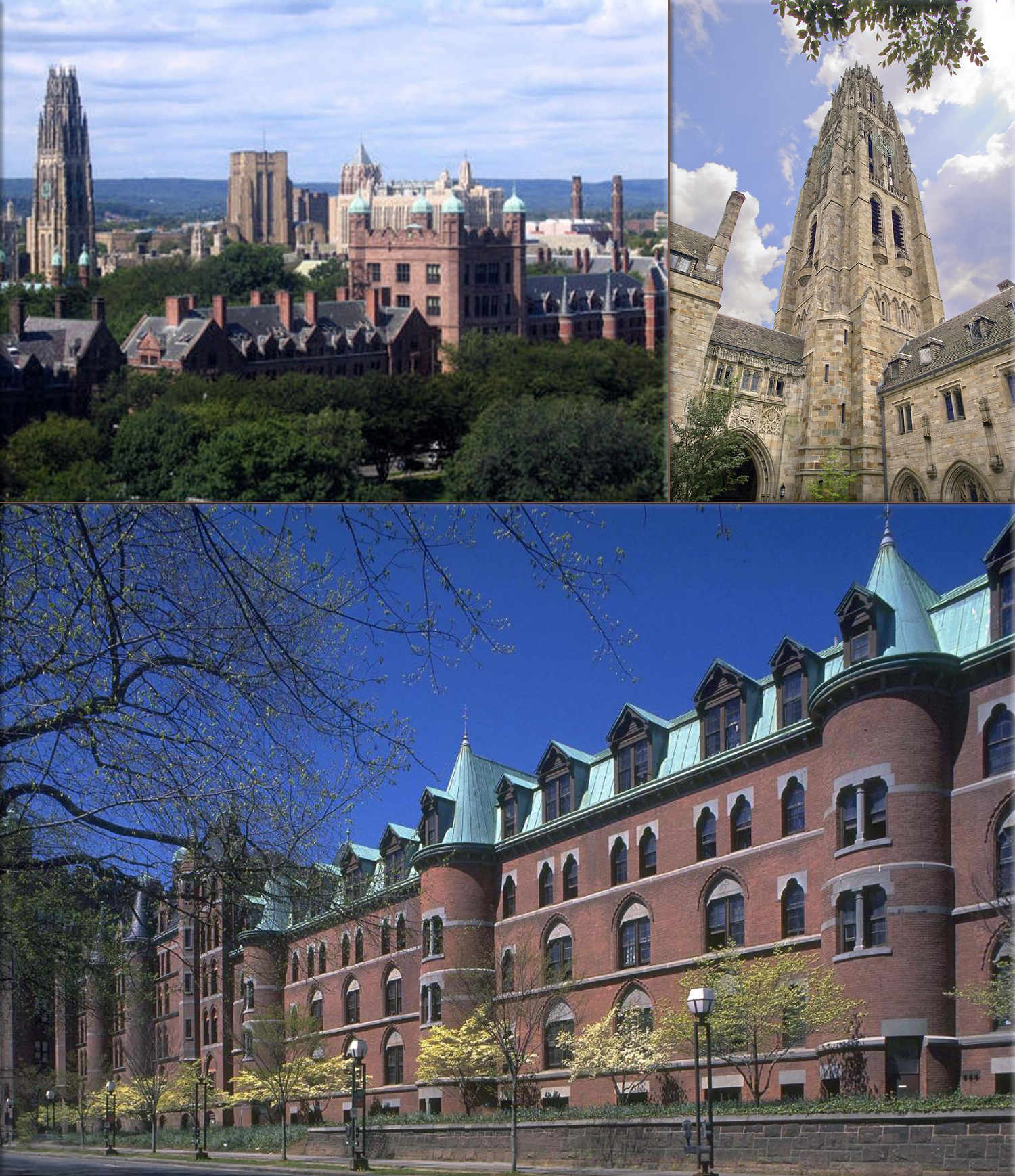
The Collegiate School of Connecticut (later renamed Yale University) is chartered in Old Saybrook, Connecticut.
Wikipedia Photo: Yale University
October 9th, 1708
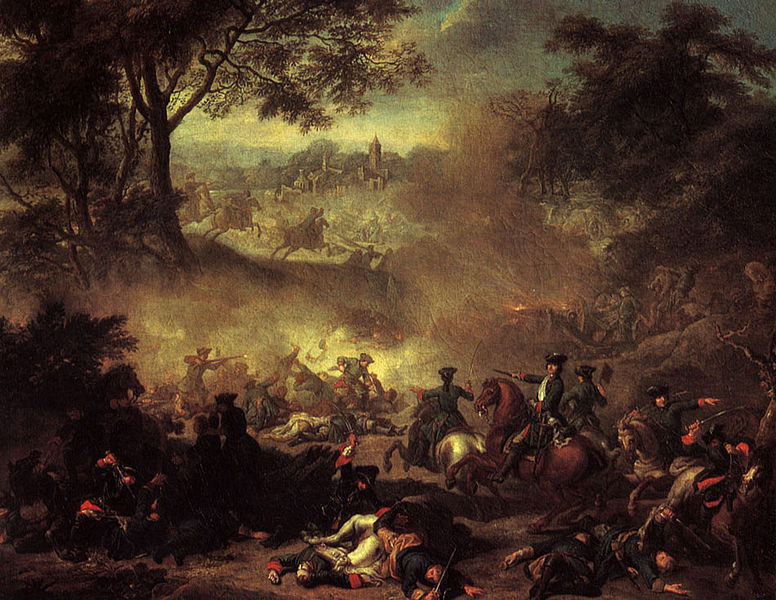
Battle of Lesnaya: Peter the Great defeats the Swedes.
Wikipedia Painting: Battle of Lesnaya by Jean-Marc Nattier, painted 1717
October 9th, 1740
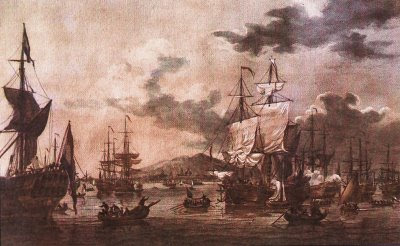
Java War (1741–1743): Batavia massacre; Dutch colonists and various slave groups begin massacring ethnic Chinese in Batavia (Jakarta), eventually killing 10,000 and leading to a two-year-long war throughout Java.
Wikipedia Painting: Early Dutch expedition to Java.
October 9th, 1760
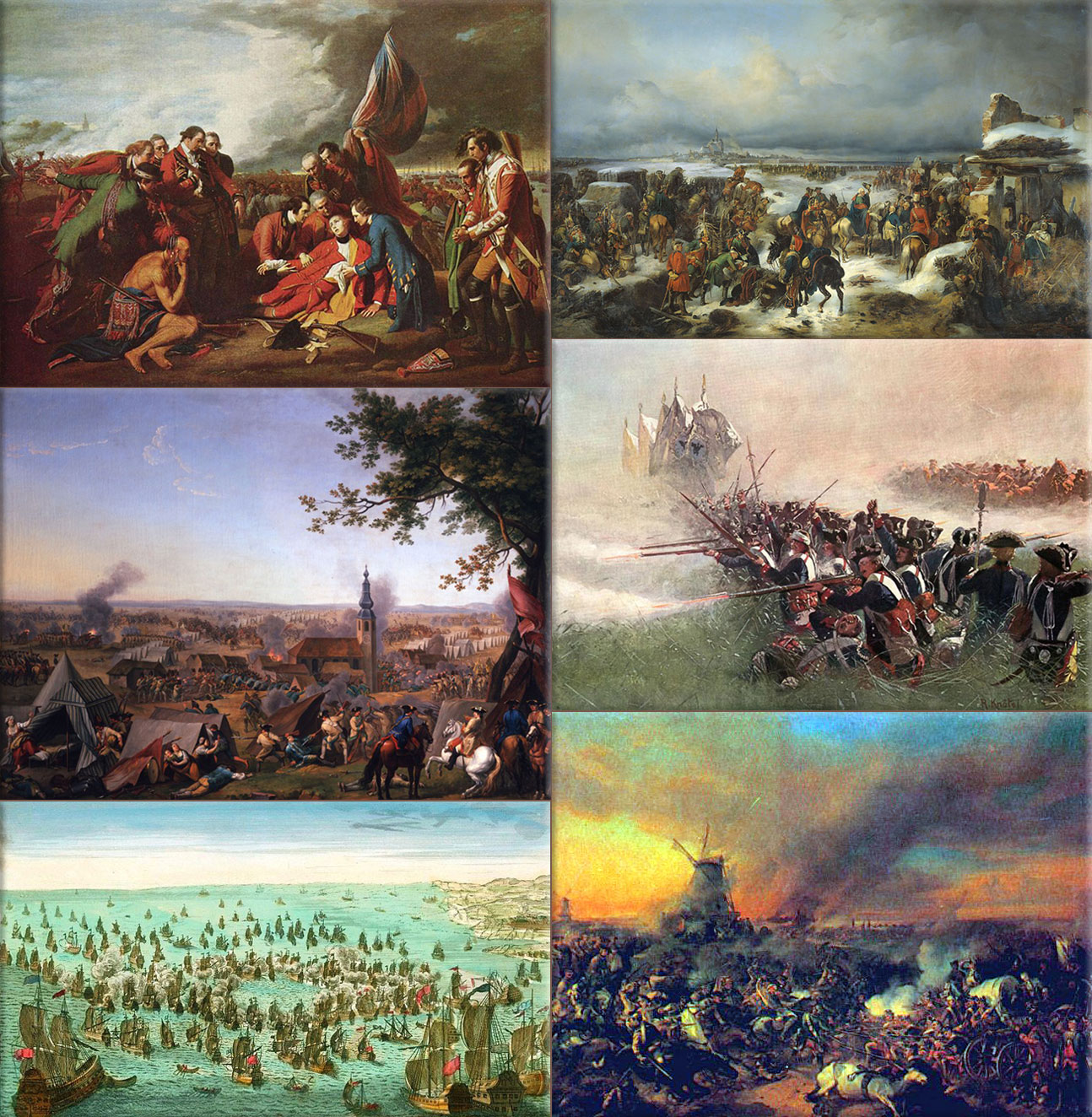
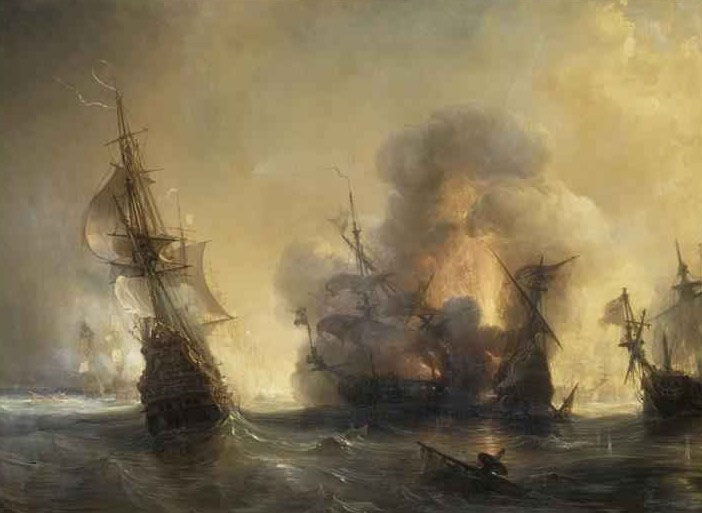
Seven Years' War:
1760 - Russian forces occupy Berlin.
Wikipedia Painting: The Death of General Wolfe (1771) by Benjamin West, depicting the Battle of the Plains of Abraham; Battle of Hochkirch; Battle of Minorca of May 20, 1756, shortly after the French landing on Minorca; Siege of Kolberg (1761); Leibgarde battalion at Kolin, 1757; Battle of Zorndorf in August 1758 where Russian and Prussian armies suffered heavy casualties and both claimed a victory. Battle of Lagos, by Théodore Gudin.
October 9th, 1776

Father Francisco Palou founds Mission San Francisco de Asis in what is now San Francisco, California formally opens.
Wikipedia Photo: San Francisco de Asis; San Francisco, Alamo Square Victorian houses; San Francisco Gloden Gate Bridge; San Francisco Skyline.
October 9th, 1799
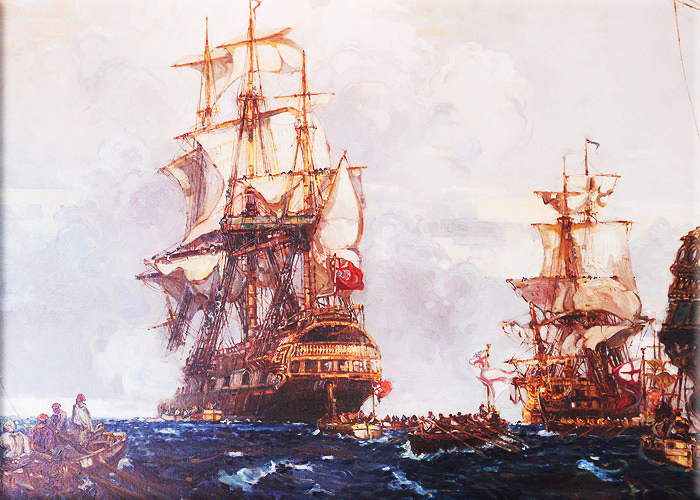
HMS Lutine: Sinking of HMS Lutine, with the loss of 240 men and a cargo worth £1,200,000.
Wikipedia Painting: HMS Lutine - Capture, Wreck and Salvage, Lloyds.
October 9th, 1806

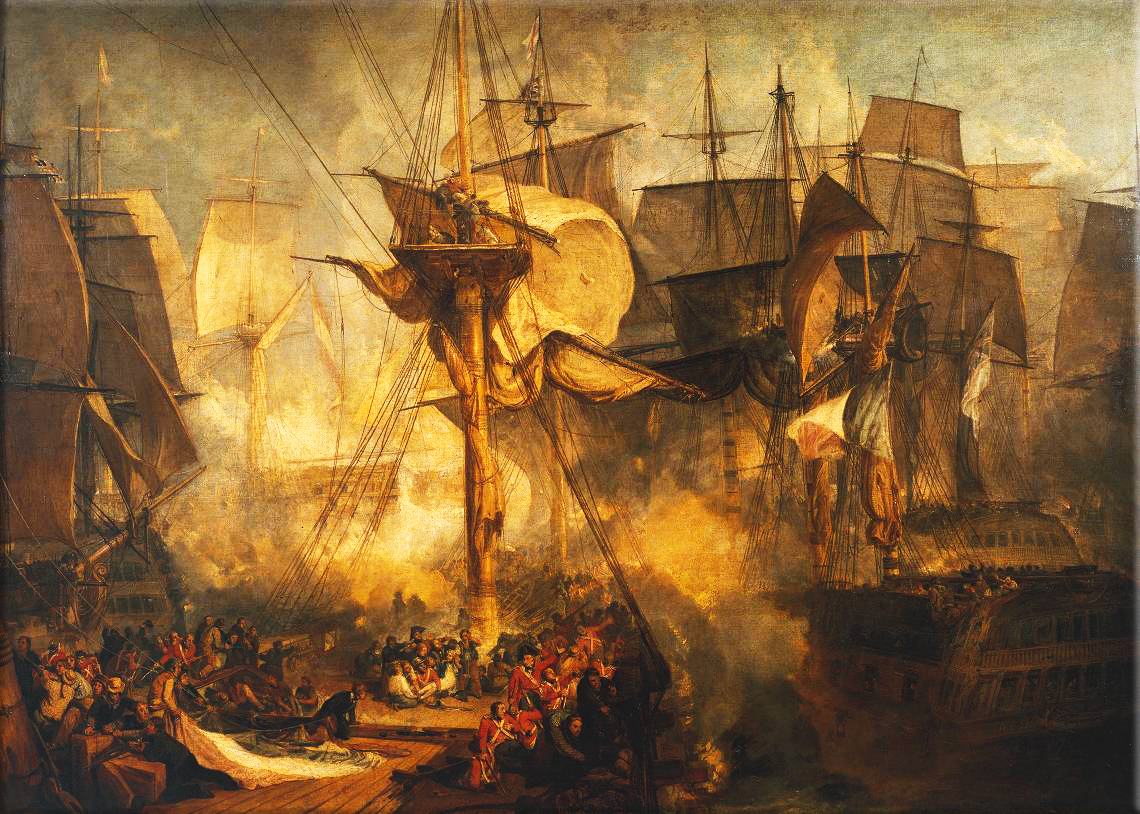
French Revolutionary Wars / Napoleonic Wars:
1806 - Prussia declares war on France.
Wikipedia Painting: Battle of Trafalgar: The British HMS Sandwich fires to the French flagship Bucentaure (completely dismasted) in the battle of Trafalgar;
Napoleon in Berlin (Meynier). After defeating Prussian forces at Jena, the French Army entered Berlin on 27 October 1806;
Battle of the Bridge of Arcole Napoleon Bonaparte leading his troops over the bridge of Arcole, by Horace Vernet;
Napoleon as King of Italy (Appiani);
Napoleon Crossing the Alps (David). In 1800 Bonaparte took the French Army across the Alps, eventually defeating the Austrians at Marengo;
Charge of the Russian Imperial Guard cavalry against French cuirassiers at the Battle of Friedland, 14 June 1807;
Battle of Borodino as depicted by Louis Lejeune. The battle was the largest and bloodiest single-day action of the Napoleonic Wars;
Napoleon's withdrawal from Russia, a painting by Adolph Northen;
Wellington at Waterloo by Robert Alexander Hillingford;
Napoleon is often represented in his green colonel uniform of the Chasseur à Cheval, with a large bicorne and a hand-in-waistcoat gesture.
Battle of Trafalgar; as seen from the mizzen starboard shrouds of the Victory by J. M. W. Turner (oil on canvas, 1806 to 1808).
October 9th, 1812
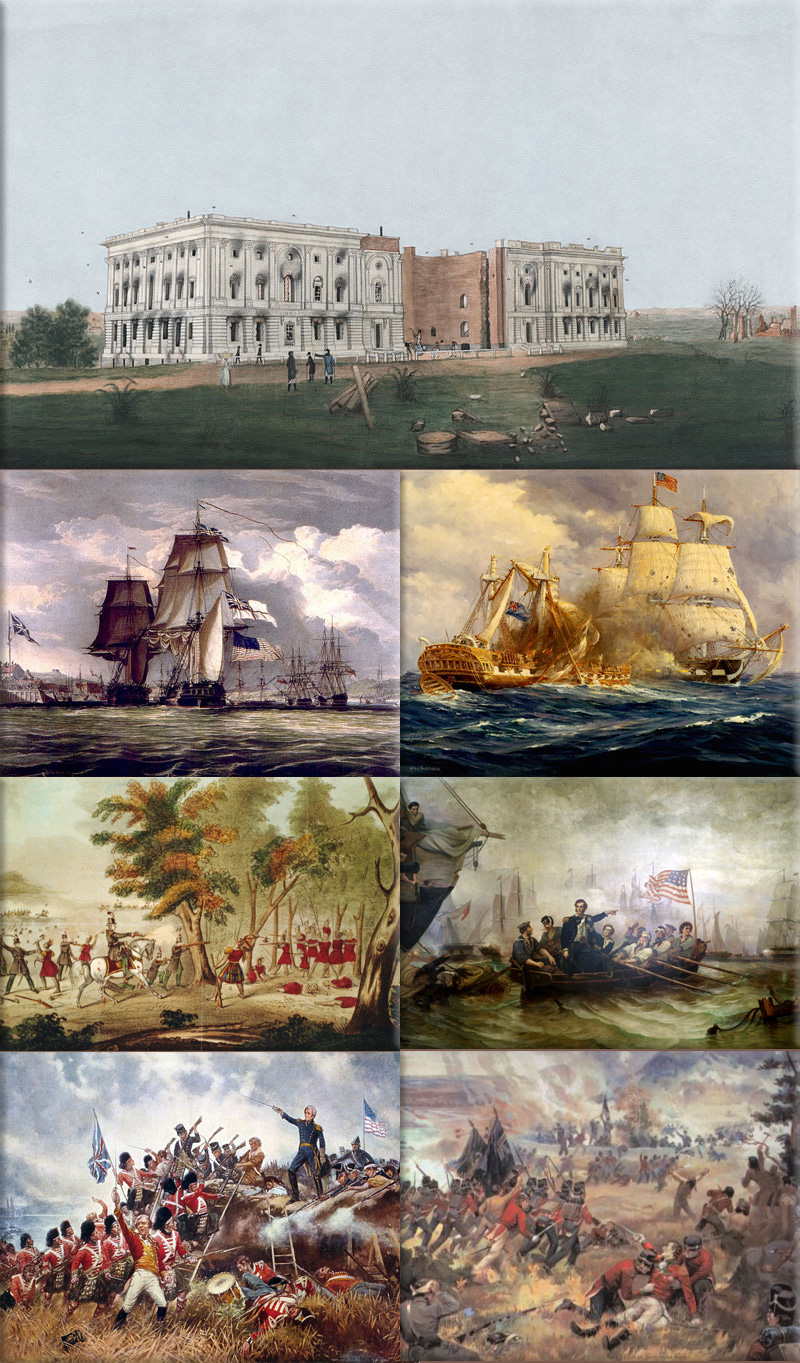
War of 1812:
1812 - In a naval engagement on Lake Erie, American forces capture two British ships: HMS Detroit and HMS Caledonia.
Wikipedia Painting: Damage to the US Capitol after the Burning of Washington; HMS Shannon leading the captured American frigate USS Chesapeake into Halifax, Nova Scotia (1813); USS Constitution vs HMS Guerriere; the death of Tecumseh at Moraviantown; Oliver Hazard Perry's message to William Henry Harrison after the Battle of Lake Erie began with what would become one of the most famous sentences in American military history: "We have met the enemy and they are ours; "Andrew Jackson leads the defence of New Orleans; The mortally wounded Isaac Brock spurs troops on at the Queenston Heights.
October 9th, 1861
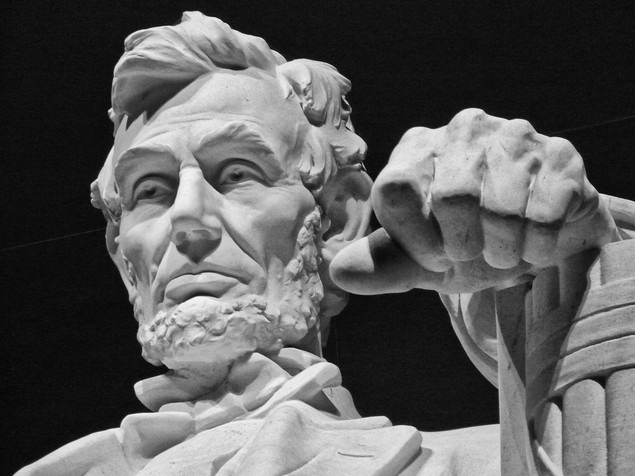
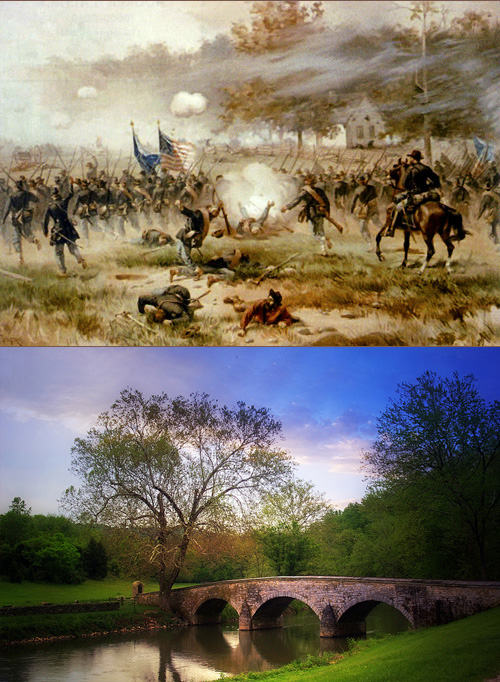
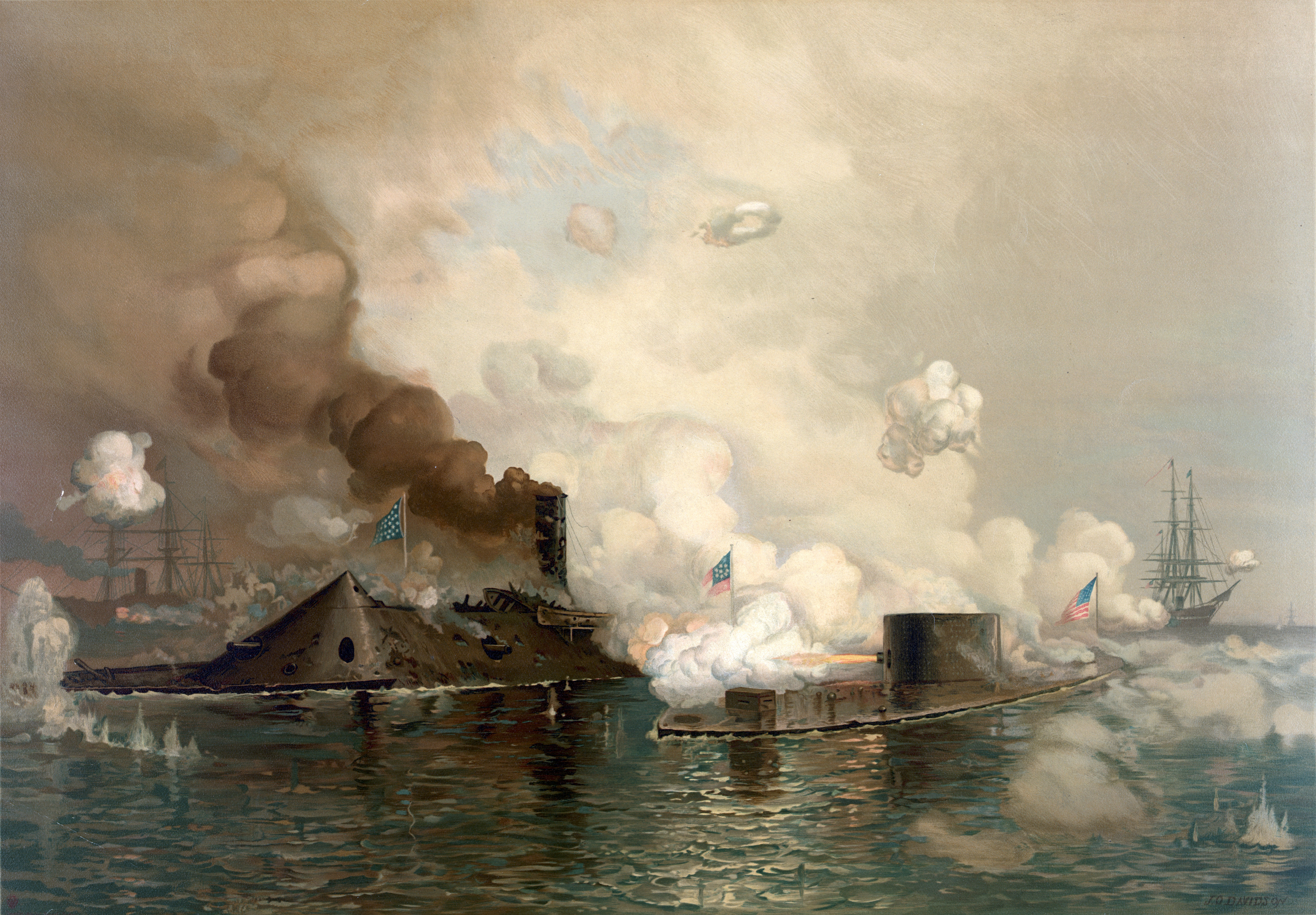
American Civil War:
1861 - Battle of Santa Rosa Island; Union troops repel a Confederate attempt to capture Fort Pickens.
1864 - Battle of Tom's Brook; Union cavalrymen in the Shenandoah Valley defeat Confederate forces at Tom's Brook, Virginia.
Wikipedia Image: ● Lincoln Memorial; an American national monument built to honor the 16th President of the United States, Abraham Lincoln - located on the National Mall in Washington, D.C. across from the Washington Monument.
● The northern army led by George McClellan and the southern army led by Robert E. Lee met at Antietam Creek, Maryland in September, 1862. It was a bloody battle where 13,000 Confederates and 12,000 Union troops died in just one day. McClellan had hesitated to attack before the battle thus letting the southern troops regroup. Also, he had saved reserves and refused to use them at the end of the battle thinking that Lee was holding reserves for a counterattack, even though those reserves didn't exist. The Union victory stopped Lee's northward advance and was a turning point in the war.
● Battle of Antietam / Stone Bridge at Antietam Battlefield - Sharpsburg, Maryland
● First Battle Between Ironclads: CSS Virginia/Merrimac (left) vs. USS Monitor, in 1862 at the Battle of Hampton Roads.
● Although photography was still in its infancy, war correspondents produced thousands of images, bringing the harsh realities of the frontlines to those on the home front in a new and visceral way. The Atlantic.
October 9th, 1914
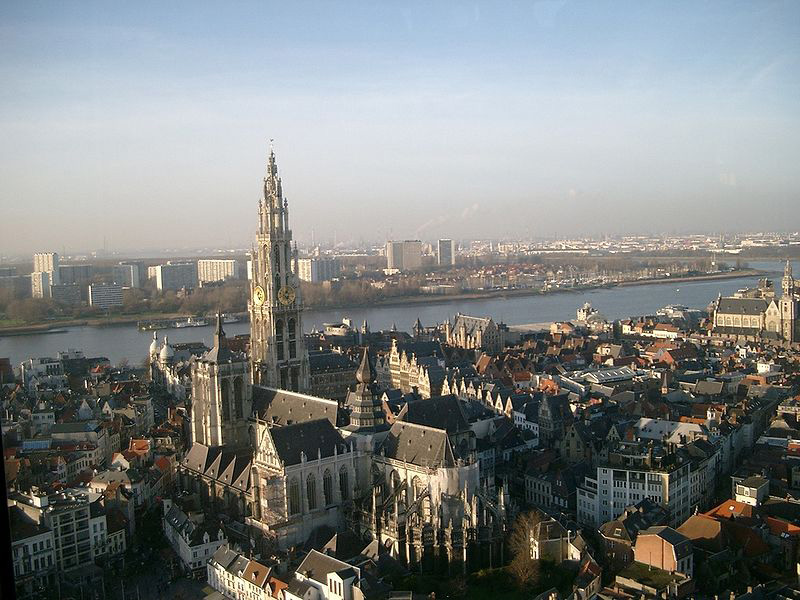
World War I: Siege of Antwerp; Antwerp, Belgium falls to German troops.
Wikipedia Photo: Antwerp, Belgium
October 9th, 1919
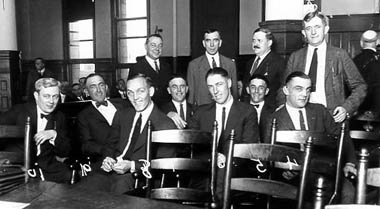
Black Sox scandal: The Cincinnati Reds win the World Series.
Wikipedia Photo: The Chicago Black Sox defendants and their lawyers, credit UMKC School of Law.
October 9th, 1936

Generators at Boulder Dam (later renamed to Hoover Dam) begin to generate electricity from the Colorado River and transmit it 266 miles to Los Angeles, California.
Wikipedia Photo: Hoover Dam, credit National Geographic magazine
October 9th, 1940
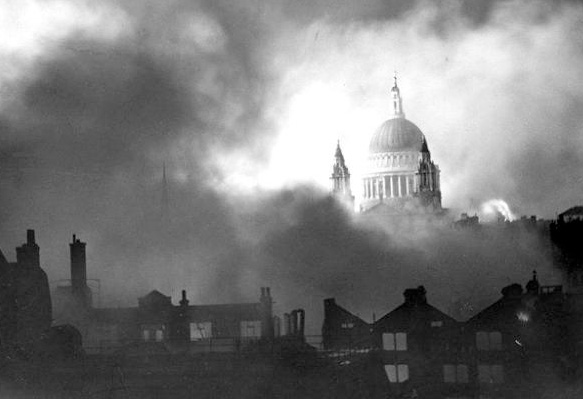
World War II: Battle of Britain; During a night-time air raid by the German Luftwaffe Saint Paul's Cathedral in the City of London, England is hit by a bomb.
Wikipedia Photo: Battle of Britain also called Air Battle of Great Britain was the campaign waged by Germany against Great Britain that lasts around 3 and half months from 10th july to 31st october 1940.
October 9th, 1942
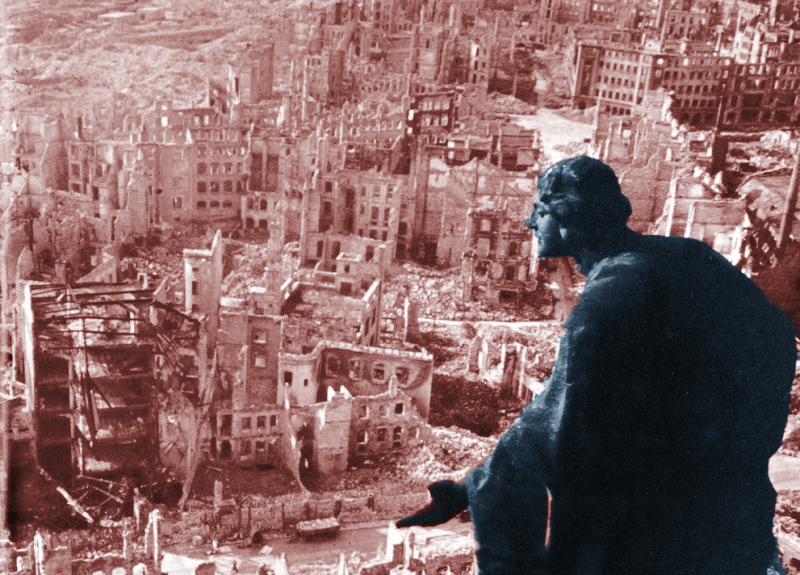

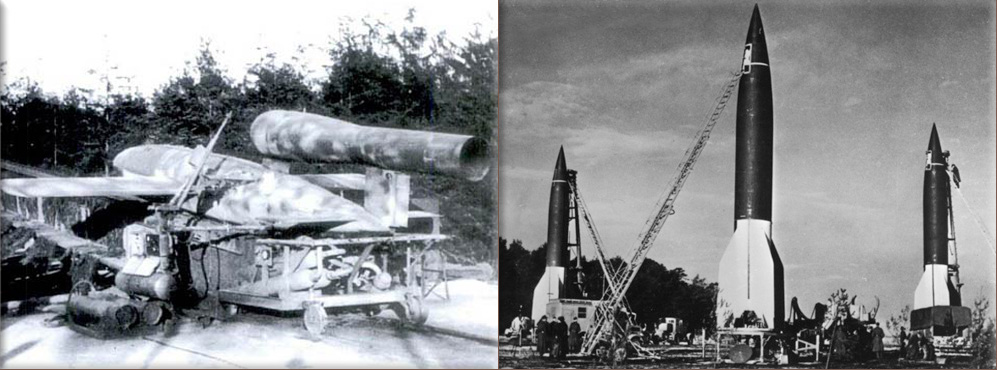
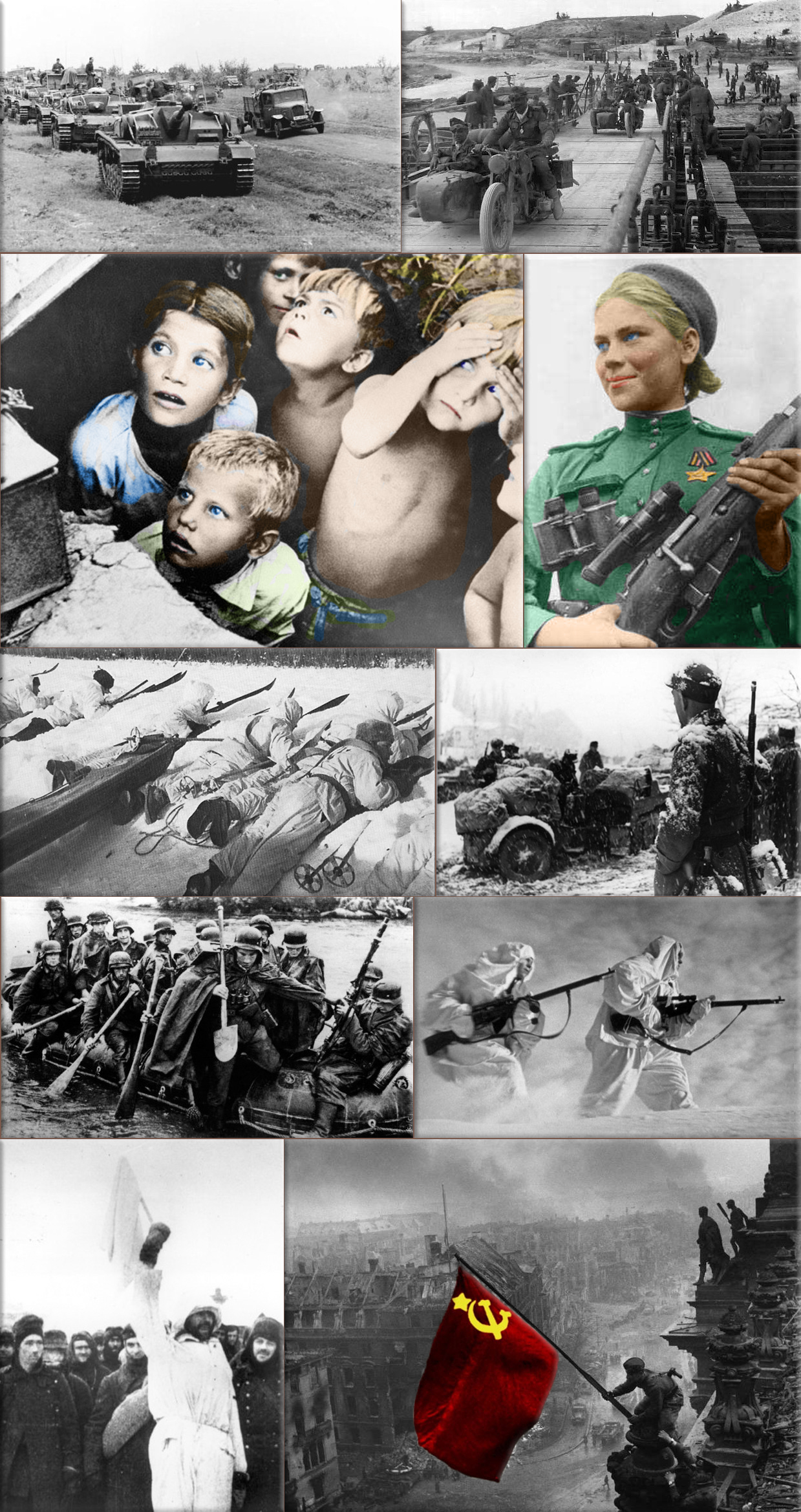
World War II:
1942 - Matanikau action; The last day of the October Matanikau action on Guadalcanal as U.S. Marines forces withdraw back across the Matanikau River after destroying most of the Imperial Japanese Army's 4th Infantry Regiment.
Wikipedia Photo: Bombing of Dresden in World War II; August Schreitmüller's sculpture 'Goodness' surveys Dresden after a firestorm started by Allied bombers in 1945.
USS Bunker Hill was hit by kamikazes piloted by Ensign Kiyoshi Ogawa and another airman on 11 May 1945. 389 personnel were killed or missing from a crew of 2,600; Ensign Kiyoshi Ogawa, who flew his aircraft into the USS Bunker Hill during a Kamikaze mission on 11 May 1945; Kamikaze Missions - Lt Yoshinori Yamaguchi's Yokosuka D4Y3 (Type 33 Suisei) "Judy" in a suicide dive against USS Essex. The dive brakes are extended and the non-self-sealing port wing tank is trailing fuel vapor and/or smoke 25 November 1944.
German V1 flying-bomb and V2 Rockets - Preparations for a Salvo Launch of V-2 Rockets in the Heidelager near Blizna (Poland) (1944), credit German History in Documents and Images GHDI.
Eastern Front (World War II); Germans race towards Stalingrad. August 1942; Soviet children during a German air raid in the first days of the war, June 1941, by RIA Novosti archive; Soviet sniper Roza Shanina in 1944. About 400,000 Soviet women served in front-line duty units Caucasus Mountains, winter 1942/43; Finnish ski patrol: the invisible enemy of the Soviet Army with an unlimited supply of skis; Men of the German Engineers Corps cross a river which is swollen after the first autumn rains, to strengthen bridges linking the German positions on the central front in Russia. by Keystone / Getty Images. October 1942; Russian snipers fighting on the Leningrad front during a blizzard. Photo by Hulton Archive / Getty Images, 1943; German soldiers surrendering to the Russians in Stalingrad, the soldier holding the white flag of surrender is dressed in white so that there could be no doubt of his intentions, a Russian soldier is on the right of the photograph. by Keystone / Getty Images, January 1943.
October 9th, 1945

World War II: Parade in New York City for Fleet Admiral Nimitz and 13 USN / USMC Medal of Honor recipients.
Wikipedia Photo: Victory over Europe (VE Day) - Victory over Japan (VJ Day) Celebrations.
People crowd Times Square at 42nd Street in New York City on May 8, 1945, as the V-E Day celebration continues into the night, AP Photo/Matty Zimmerman; iconic V-J Day in Times Square photograph by Alfred Eisenstaedt was published in Life in 1945; V-J Day, Oak Ridge, August 14, 1945, Photo by Ed Westcott; V-J Day celebrations August 14, 1945, Photographer: John H. Boyd, City of Toronto Archives
Fonds 1266, Item 98390; VJ Day Celebration at the Navy Yard - 1945.
October 9th, 1963
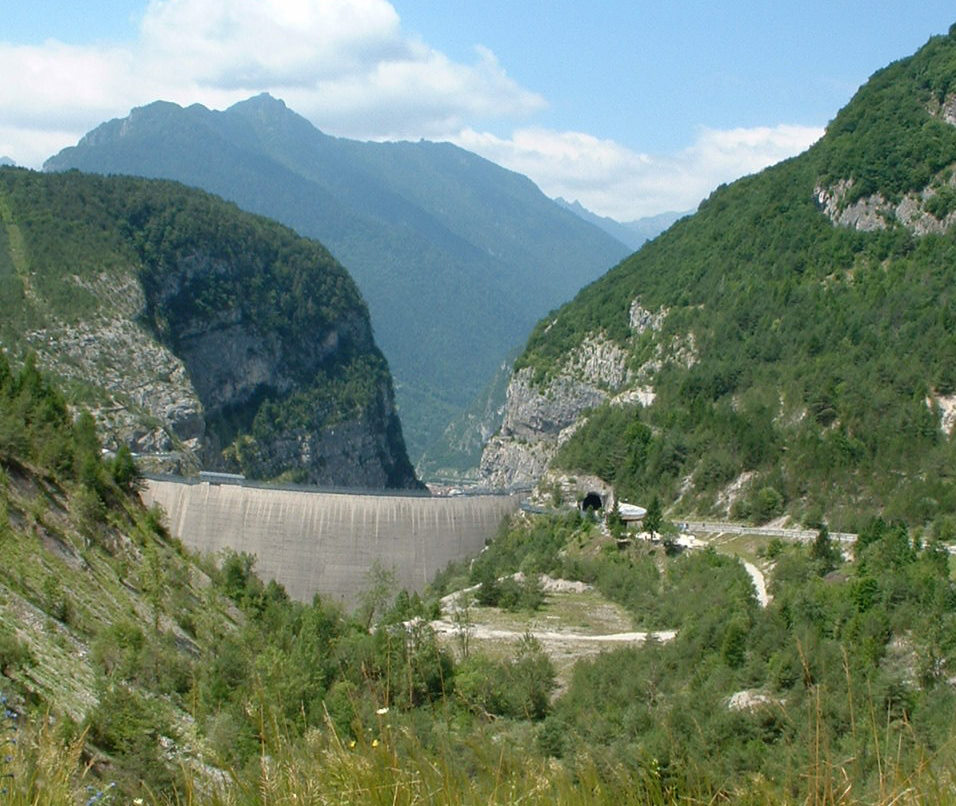
Vajont Dam: In northeast Italy, over 2,000 people are killed when a large landslide behind the Vajont Dam causes a giant wave of water over the top of the dam.
Wikipedia Vajont Dam.
October 9th, 1966
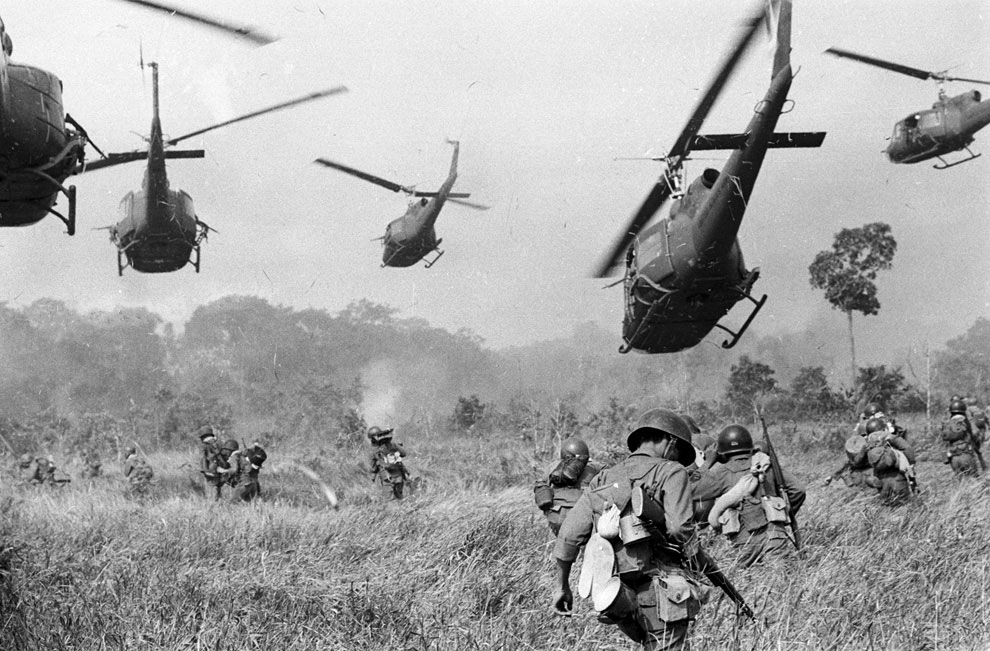
Vietnam War:
1966 - Binh Tai massacre.
1966 - Dien Nien-Phuoc Binh massacre.
Wikipedia Photo: Vietnam War: Hovering U.S. Army helicopters pour machine gun fire into a tree line to cover the advance of South Vietnamese ground troops in an attack on a Viet Cong camp 18 miles north of Tay Ninh, northwest of Saigon near the Cambodian border, in Vietnam on March 1965. (AP Photo / Horst Faas) / Boston Globe
October 9th, 1999
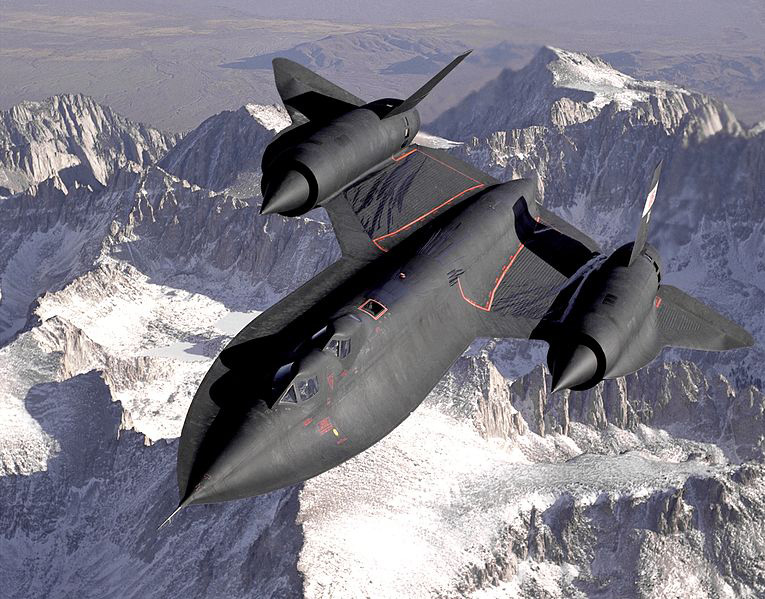
The last flight of the SR-71.
Wikipedia Photo: SR-71 "Blackbird" over the Sierra Nevada Mountains of California in 1994
October 9th, 2006

North Korean nuclear test: The government of North Korea conducts its first nuclear test.
Wikipedia Image: Ri Chun-hee broadcasting on North Korea TV
October 9th, 2009
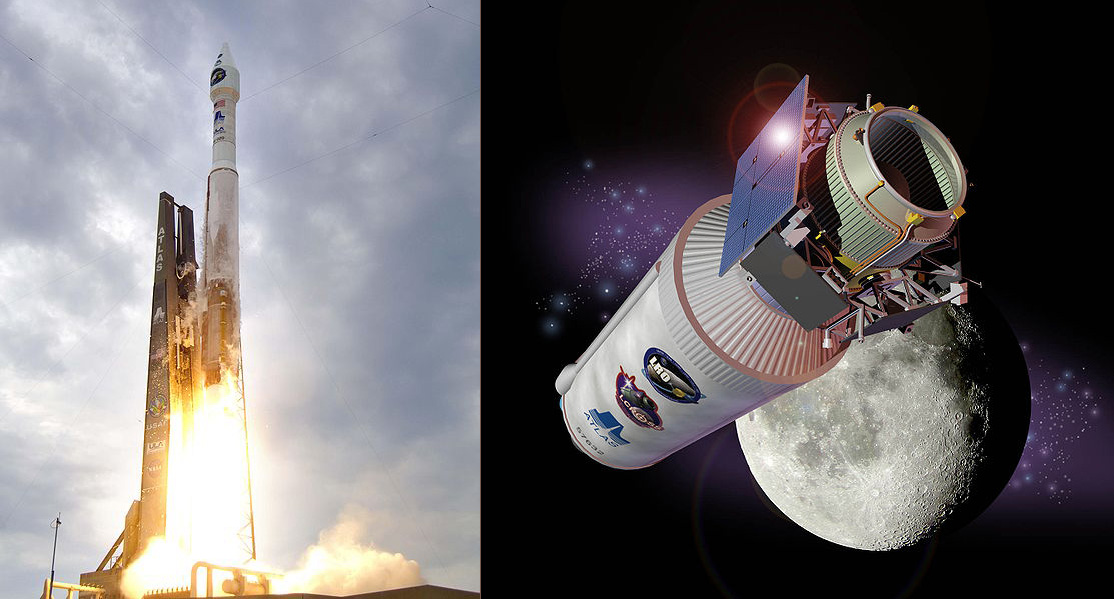
NASA Lunar Precursor Robotic Program: first lunar impact of the Centaur and LCROSS spacecrafts.
Wikipedia Photo: Centaur and LCROSS spacecrafts
October 9th, 2012

Malala Yousafzai: Members of the Pakistani Taliban make a failed attempt to assassinate an outspoken schoolgirl, Malala Yousafzai.
Wikipedia Photo: Malala Yousafzai: Members of the Pakistani Taliban make a failed attempt to assassinate an outspoken schoolgirl, Malala Yousafzai.
